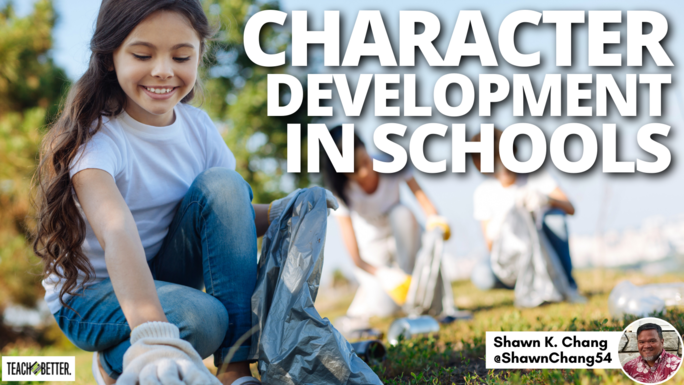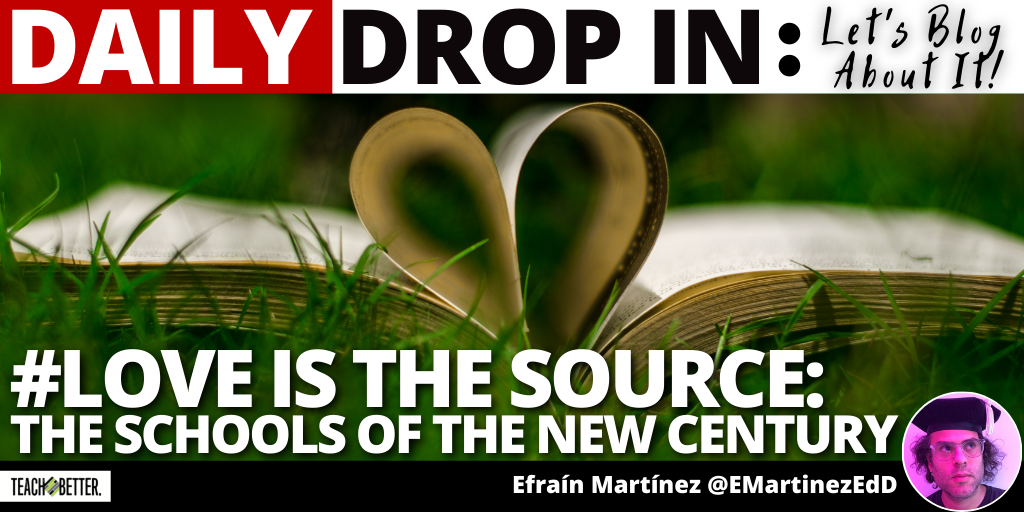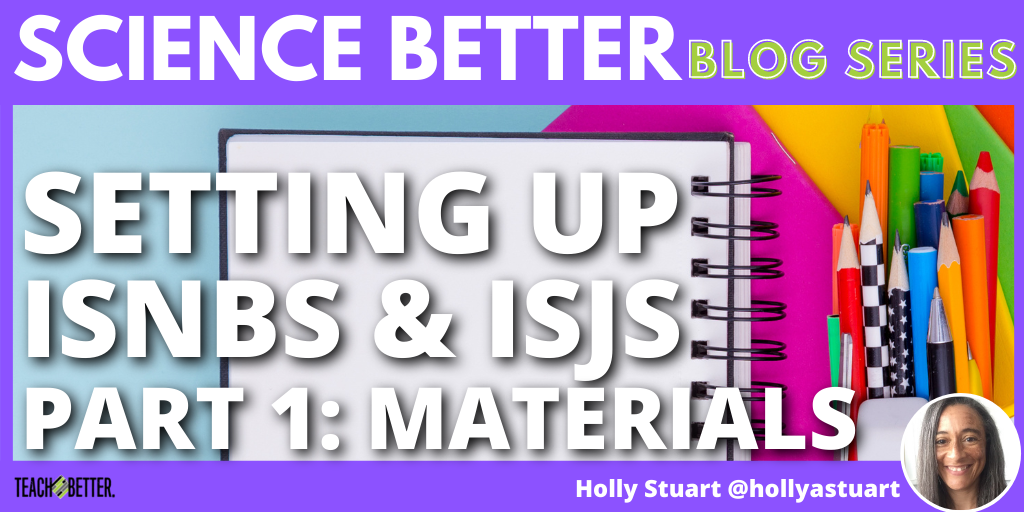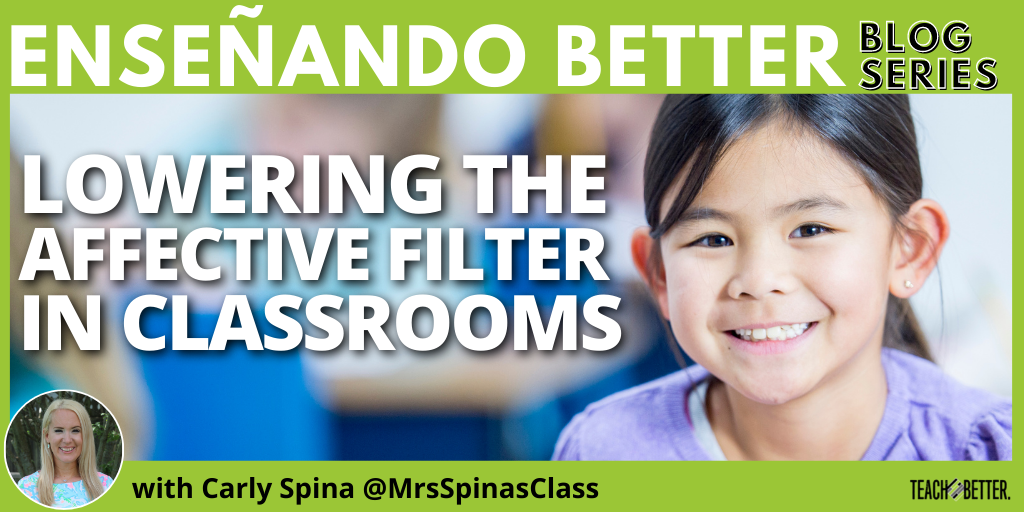TL;DR: Classroom management and creating a positive school culture are part of equity and inclusion. Build meaningful relationships with students, colleagues, and the community. Be a role model. Don’t forget you are human and so are your students. Be true to yourself. Be the good for others. “Equity and Inclusion Just Got Better” Journaling/Reflection Questions What would you change about your … Read More
Character Development in Schools
TL;DR: Character development is necessary. The 7 habits of highly effective people include being proactive, beginning with the end in mind, putting first things first, thinking win-win, seeking first to understand then be understood, synergizing, and sharpening the saw. Character development should be a major part of all schools. As a district special education resource teacher for the past 14 … Read More
#Love Is the Source: The Schools of the New Century
TL;DR: Nobody signed up to be a modern educator. We have to throw away the concept of measuring students and educators by numbers and instead, support them in healing first. We cannot positively impact a child’s intellect if the child does not believe we care for them. It is our duty to redesign the schools of the new century with … Read More
Setting Up ISNBs and ISJs Part 1: Materials
TL;DR: This post shares the process for setting up ISNBs and ISJs and the materials that are needed. Use composition notebooks (not spiral bound), colored pencils, and liquid glue. Be sure to teach students how to use the glue correctly before giving them a notebook. Remember the purpose of an ISNB/ISJ In my last Science Better blog post, I wrote … Read More
Lowering the Affective Filter in Classrooms
TL;DR: The affective filter refers to an invisible filter we have—when high, no input can pass through and we can’t retain new information. When it’s low, input can freely pass and new learning can occur. Consider learning activities and tasks that lower the affective filter so that new learning can pass through. I hate going to the post office. I … Read More






